College admissions decisions can come out at a variety of different times depending on when you apply. In this post, we will define what some of the application deadlines mean and how they will impact your decision timeline.
1 Comment
Regardless of if you are a freshman or senior in high school, you can start looking at scholarships to apply for. In this blog post, we will cover the 5 main categories of scholarships not only available on our website, but also seen across many other scholarship search tools.
Subject Based Subject Based scholarships are any scholarships that may require you to write an essay about that particular subject area. These can often take the form of competition-like scholarships, where you must demonstrate a skill related to the subject in order to win the scholarship. Examples of subjects in these scholarships are STEM, English/Arts, Music, Humanities, etc. Merit Based Merit Based scholarships are based on your transcript/GPA and even on your SAT or ACT scores. These scholarships tend to look at your application in a holistic manner, often even asking for volunteer hours and extracurricular involvement. Although these scholarships may have longer application timelines, they are surely based on your hard work through high school. Quick Quick scholarships is a category we have defined as taking less than 10 minutes to apply for. This can include “No Essay” scholarships and those scholarships that require you to make an account with a company in order to be considered. These scholarships are often based on a raffle like system and will not take into account your achievements throughout high school. Financial Need Based Financial Need Based scholarships are generally based on your household income. These scholarships tend to have a limited application pool since it is restricted to household income. You may have to submit financial-need proof in order to be considered for these scholarships. Many of these scholarships also fall into the Merit Based scholarships. Ethnicity/Race Based Ethnicity/Race Based scholarships are generally available to certain genders, religion followers, or races/ethnicities. Like Financial Need Based scholarships, these will also tend to have a limited application pool since there are restrictions as to who can and cannot apply. Of course, there are so many more categories of scholarships, however these are some of the main ones that you may keep your eye out for! Let us know down in the comments if you have any comments on what scholarships you are planning on applying for! The common application opened August 1, and now that you may have your college list finalized, you may be trying to organize your college application deadlines, teacher recommendations, supplemental essays, and all of the other stuff involved with this process.
Scholarships4HighSchool has created a free spreadsheet template that will help you effectively plan out your entire college application season, and ensure that you do not miss any deadlines for any of the universities you plan on applying to. This spreadsheet is linked here, and you can make a copy of it to fill in. It can get a little stressful trying to complete all applications and still manage school work, but with some planning and working ahead, you will be all set in submitting all your applications. Try to get a head start on college essays, if you are a rising high school senior, so that you can be all set for the new school year! Let us know down in the comments if you have any questions on managing college application season! When it comes around to high school, taking either the SAT or ACT is an important precollege step to take to start preparing for college admissions. It is generally recommended that students start taking these tests in the 10th and 11th grades of their high school years. But you may be wondering - which standardized test should I take? There are two main tests colleges may request on their applications, the SAT or the ACT. Below, we point out some of the key differences between the two tests and some aspects to consider when deciding which test you should take. The SAT Score Range: 400-1600 Pros:
Cons:
There is also a test called the PSAT, which is essentially a Preliminary SAT. This is often taken in the form of the PSAT 10 (10th grade) and PSAT/NMSQT (11th grade). These tests are generally offered by high schools, so you must take them through your school. The ACT Score Range: 1-36 Pros:
The optional Essay - should I take it or not? The SAT recently removed its essay option to adapt with the ever-changing college admissions process. However, the ACT still offers the essay, but it is optional and up to you if you choose to take the essay portion or not. When applying for college, you will generally write a common/coalition application essay along with supplemental essays your college requests. This is a great place to display your essay writing skills, which is why the standardized testing essay scores may be undermined by college admissions offices. Check to see if your college or university would like to see an essay along with your SAT or ACT score and decide based on that. How to decide which one to take In the end, most colleges will accept both tests, so it truly depends on your strengths and preferences when deciding which test you should take. If you are interested in trying out both tests to see which one you should take, try taking one practice test on a Saturday, and then the other test on another Saturday while stimulating testing conditions in both tests. Compare how you felt during the testing experience and also how you scored to factor in which one you should take. Comment down below any questions you may have, and we will answer them to the best of our ability! |
Welcome to our blog!We will be posting about important precollege tasks/college application information. Archives
January 2022
Categories |
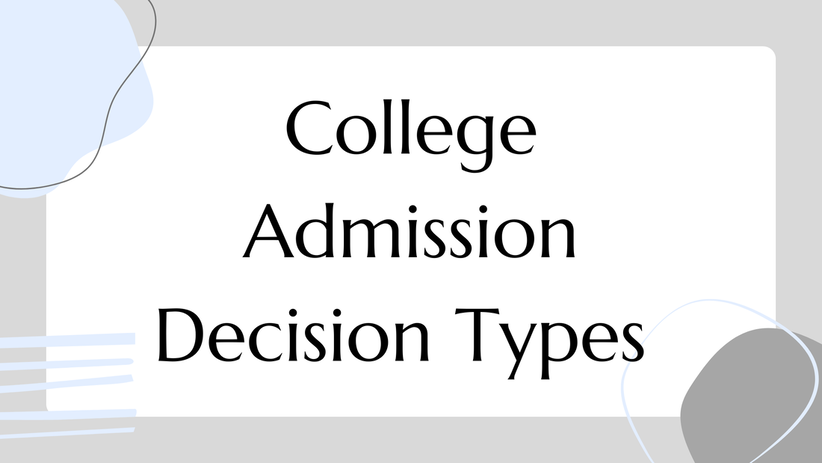
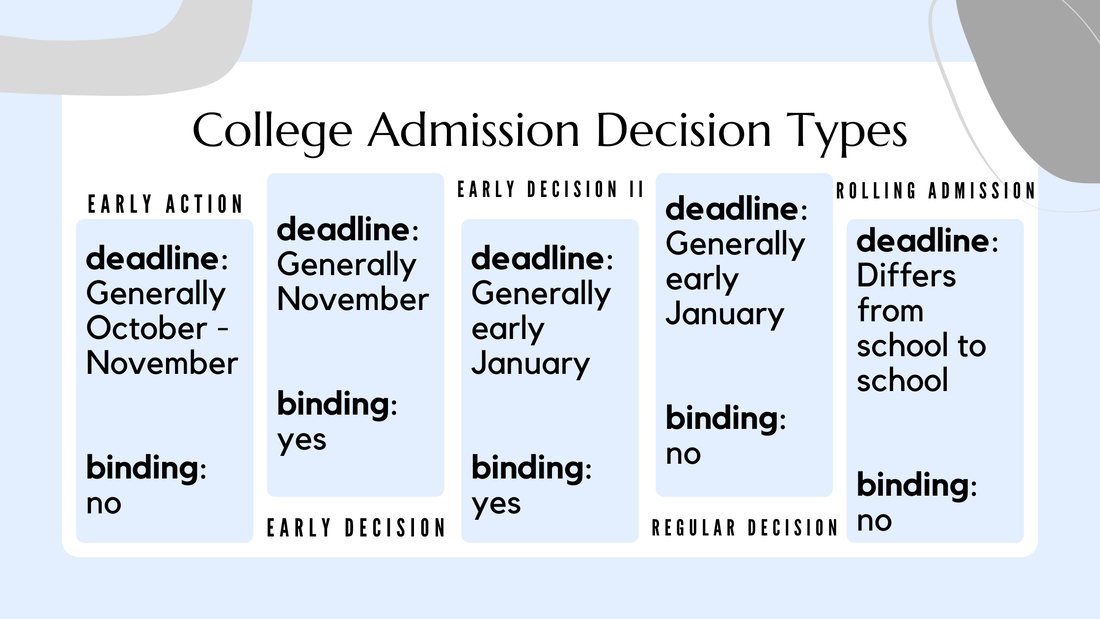

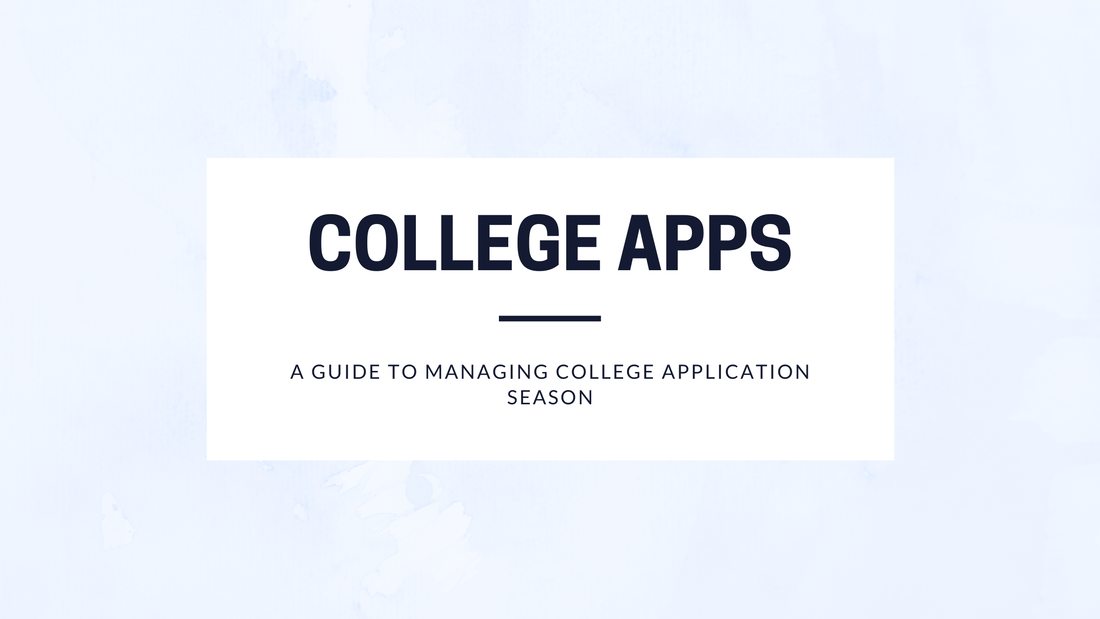
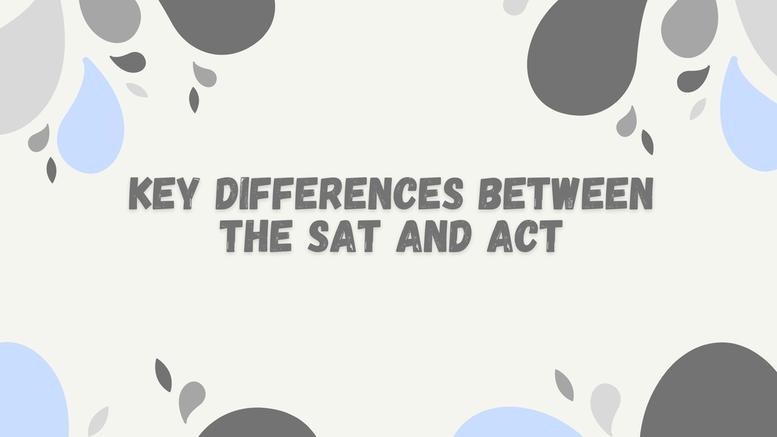
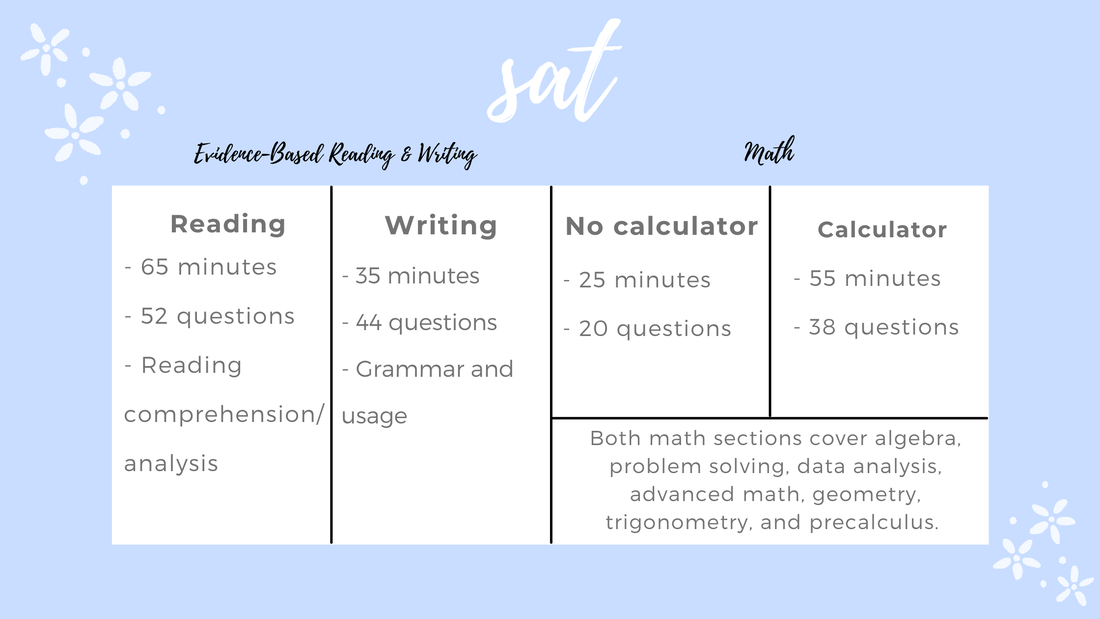
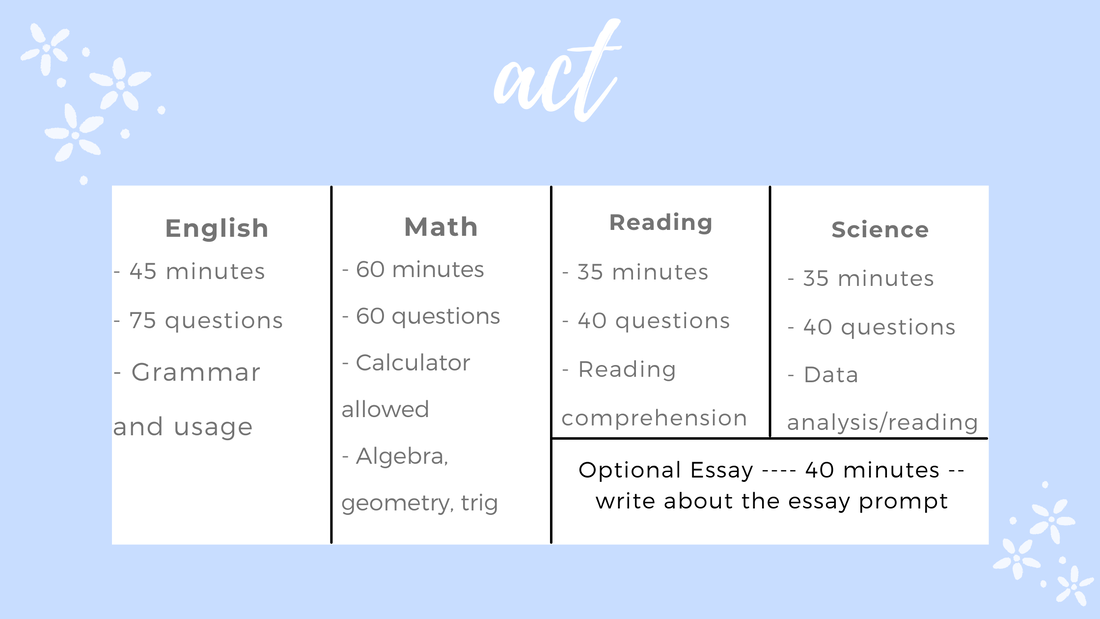
 RSS Feed
RSS Feed
